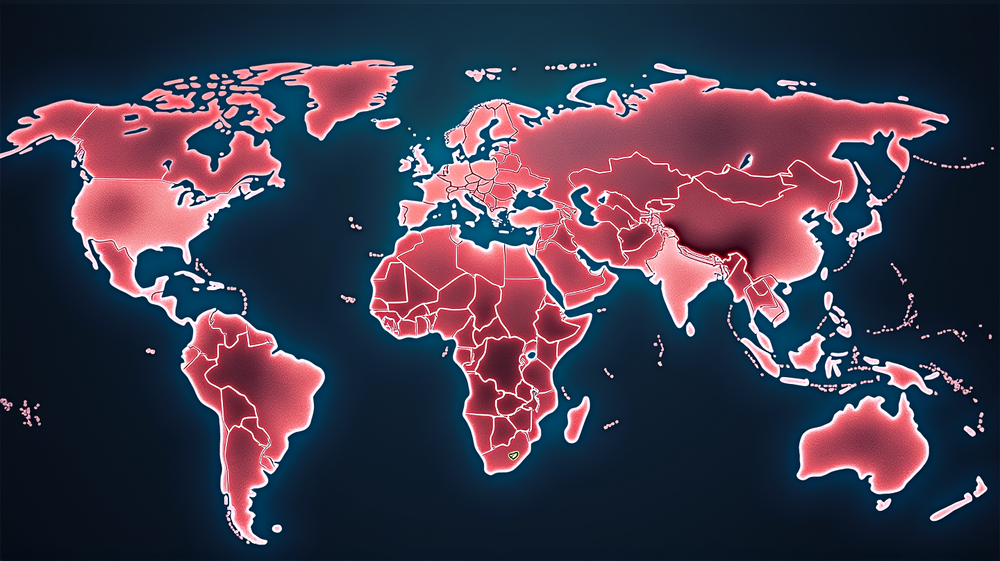Breakthrough Liver Cancer Indices Revolutionize Resource Allocation in MENA
The Middle East and North Africa (MENA) region now have a novel set of indices designed to dramatically enhance how countries measure and improve productivity loss and resilience when tackling liver cancer. By aligning Economic Vulnerability with Health Impacts, these indices provide invaluable insights for policymakers in nations like Egypt, Saudi Arabia, and Iran, transforming the face of health economics and resource allocation across a diverse group of eight countries.
Transformative Change in Health Metrics
Liver cancer poses a formidable health and economic challenge worldwide, and more so in the MENA region, where accessibility to early detection and treatment is constrained. New Disability-Adjusted Life Years (DALY)-based indices such as the Health-Adjusted Productivity Loss Index and others now equip nations with the data needed to pinpoint productivity loss and guide health investments effectively.
The Integrated Health-Adjusted Productivity Index
The introduction of the Integrated Health-Adjusted Productivity Index (IHAPI) offers a cohesive framework that aggregates individual indices into a clear guide for health policy development. According to Population Health Metrics, these metrics are capable of pinpointing where preventive measures will yield the best results, consequently enabling MENA countries to strategize more effectively.
Gender and Age Dynamics
Analysis reveals wide variances in liver cancer burdens across both gender and age groups, highlighting societal inequalities that persist throughout the region. The indices currently show males generally are at a higher risk. Still, conditions like Non-Alcoholic Steatohepatitis (NASH) present nearly balanced risks between men and women, directing attention to metabolic disorders as the emerging face of liver cancer.
A Cross-Country Analytical Triumph
The application of these indices across eight MENA nations spurs a new era of economic and healthcare analysis. Egypt emerges with increased liver cancer burdens due to rising DALYs, whereas Saudi Arabia boasts relative resilience with lower and stable DALY rates. The study highlights that the UAE has taken tangible steps to align health investments with outcomes, showing promising rates under the Health System Response Index.
Strategic Resource Allocation
Crucial insights from this study show that resource policies need realignment to efficiently capitalize on prevention strategies for diseases like liver cancer. Several countries, including Turkey and the UAE, exhibit mismatches in preventive funding relative to actual disease burdens, underpinning the urgent need for IHAPI-based planning for consistency in health equity.
Future Implications and Opportunities
The potential for these indices to broaden beyond liver cancer to other diseases with heavy DALY burdens is immense, offering a framework for integrated and resilient healthcare systems. As nations begin to embody these indices methodically, opportunities for real-time integration with financial frameworks are intrinsic, mapping a sustainable future for regional health policies.
These novel DALY-based indices, reinforced through cutting-edge analytics and machine learning, provide a sound structure for MENA policymakers to transform economic vulnerabilities into health resilience. The pivotal step towards closing gaps in regional health equity is here.




